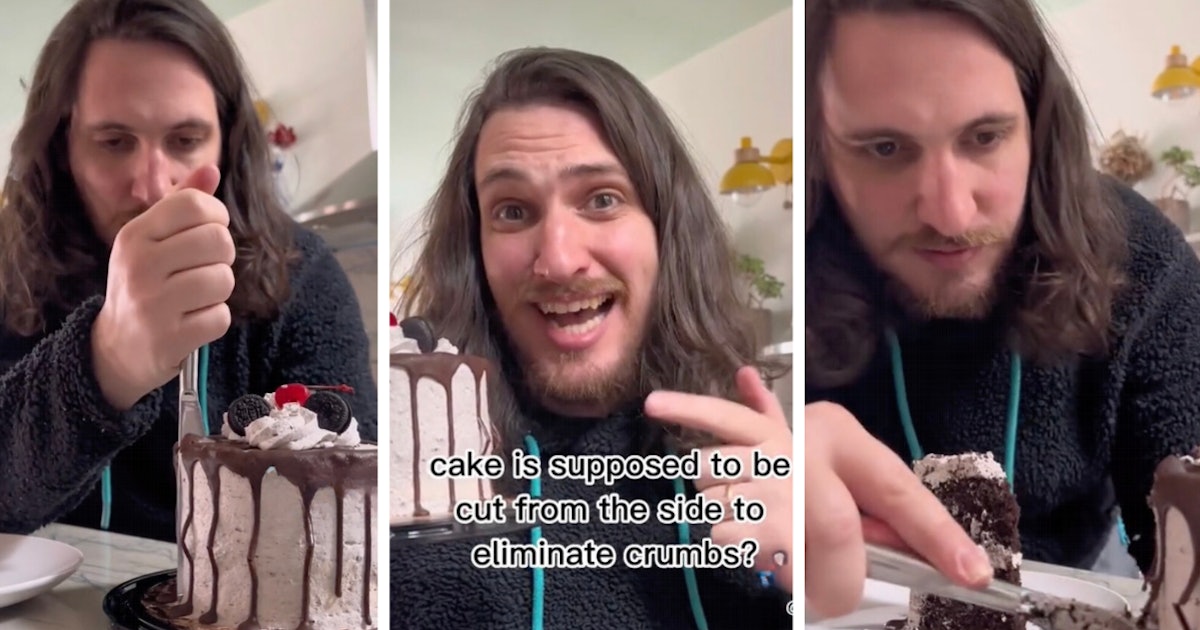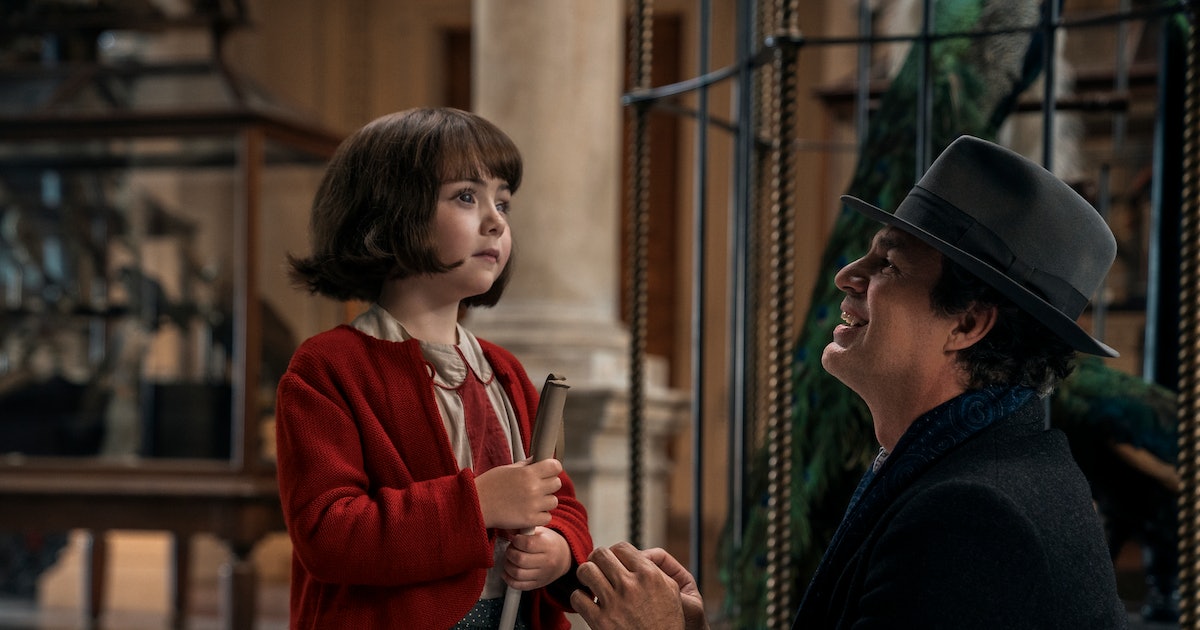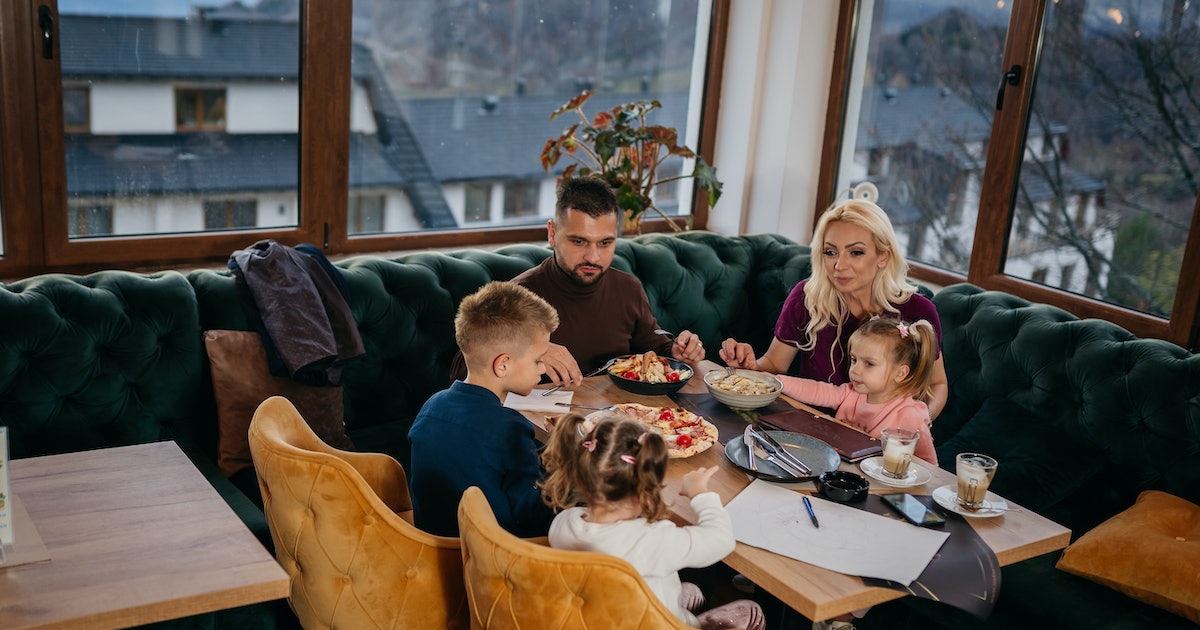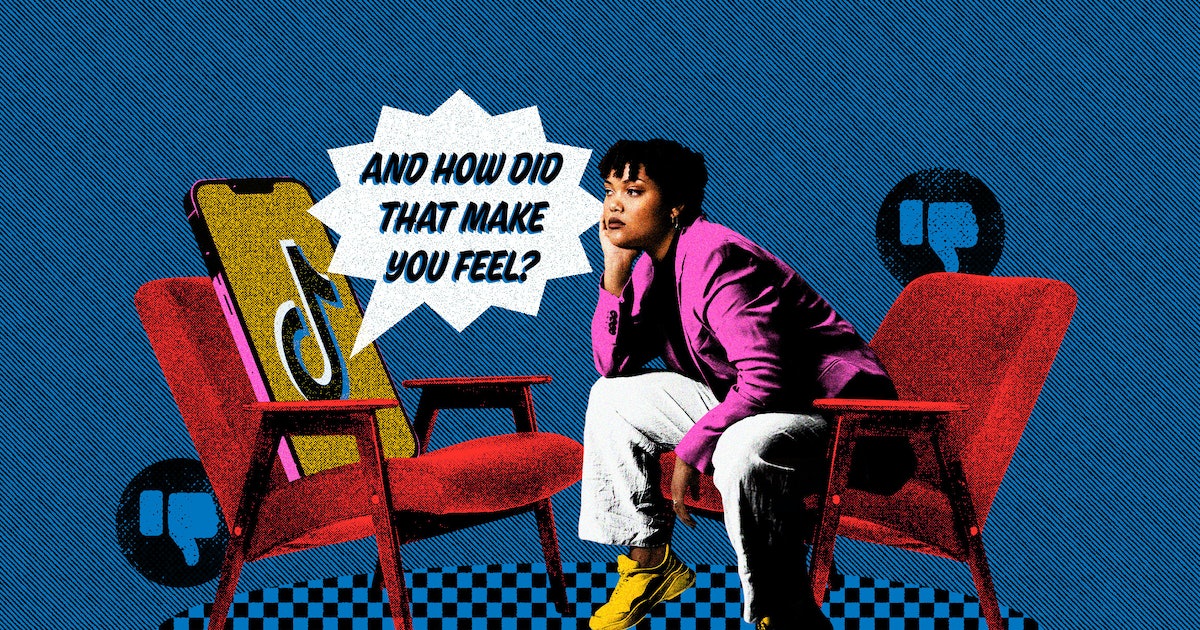As a product of the Cosmo-mag generation, by the time I hit my early twenties I’d probably tried every kind of diet out there under the guise of “wellness.” Juice cleanses, fasting, no carbs, raw, only green-food diet, only white-food diet — you name it and I’ve done it. And as I reflect on that list now, I shudder at what I put my poor body through. But there’s a new zeal to the sheer volume of supposed health-hacks proliferating our Insta and TikTok feeds. They’re mostly tagged around “how to improve your gut health” — except that the majority of them have gastrointestinal experts losing sleep.
A quick glance at #guttok (which has 839 million plus views and counting) and you’ll see what I mean: lots and lots of celebs and influencers extolling everything from the virtues of parasite cleanses to combat gut exposure to mold, to a steady diet of bone broth and intermittent fasting, to taking apple cider vinegar supplements to kickstart your metabolism.
And once you go looking for this type of content, it’ll chase you around via algorithm, too. Curious about what the latest fads-as-health-gospel were, I went down a rabbit hole, and ever since I’ve been inundated with all kinds of targeted ads all claiming some kind of near-overnight success to almost any ailment imaginable. I get served reels and TikToks about spore-based probiotics, omega 3 supplements, magnesium supplements, collagen boosters, prebiotics and probiotics, lemon water electrolytes, liver cleanses. God only knows how anyone has the time, energy or money to do all of this at once.
But I wanted to understand how much any of these much-lauded GI hacks actually help with many common gut ailments Americans experience, like IBS, bloating, or cramps.
I asked Dr. Fola P. May, Associate Professor of Medicine at the UCLA Vatche and Tamar Manoukian Division of Digestive Diseases, who’s been working in the GI space for over a decade, what she makes of the explosion of gut-related content on social media. And mostly, she’s very worried.
A big part of the problem from Dr. May’s vantage is that the content that rises to the top isn’t based on scientific prowess, but the all-mighty algorithm, which thrives on outrage, shock, and awe. And while we should all know this by now, we can still be suckered in by the power of a celebrity or somebody who has garnered thousands or millions of views on social media selling us something, even if we know deep-down they don’t have any actual medical expertise or even for the most part solid data behind what they’re peddling.
“It’s the most shocking or interesting things that get promoted in our feed, and a lot of people equate the frequency with which they’re seeing things as fact,” Dr. May said. “You can’t take what you see as truth, you must fact check – and that doesn’t mean Googling. In many cases it means talking to your healthcare provider.”
There are some feeds and accounts that talk sense. Take Shannon Rubenstone (@shannonrubenstone), who advocates things like upping your water intake and minimizing your stress as a way to help overall health, and thus positively affect your GI tract. That’s just basic good advice that is always helpful. But, of course, accounts like Shannon’s aren’t the majority of what we see as we scroll.
Dr. May has been particularly alarmed by the rise of #guttok and the kinds of super-quick fixes that are being advertised to people. Many of the detoxes, cleanses and supplements prey upon our understandable desire for help if we’ve been experiencing debilitating gastro issues. But these could actually hurt conditions like IBS or bloating, more than help, because of how far-removed they are from science.
Good gut health ideally means living without regular symptoms like diarrhea, constipation, abdominal pain, or hyper-sensitivity to foods. In other words: A healthy gut should be able to go through a day without being symptomatic. That depends on our microbiome, the gloriously complex bacterial environment of our GI tracts, which has billions or even trillions of bacteria, some good and some bad. It’s the balance of these bacteria that determines our overall gut health, and can help shape our moods because of the powerful brain-gut axis.
“The ones that bother me the most are ‘eat only broccoli’ or eat only one thing, because we know your body needs lots of things to function, we need micronutrients, and unfortunately a lot of people out there are promoting restrictive diets,” Dr. May said.
Your GI health isn’t going to magically improve if you dramatically up your intake of aloe vera juice, bone broth, or start daily cleanses.The gut supplement, detox, and cleanse space is a multi-billion dollar industry, but there are seldom any real proven long-term effects.
Another major issue are pills and gummies billed as gut health game changers. The supplement space is largely unregulated here in the U.S. and that makes a lot of dieticians and physicians nervous, because people may think they’re buying one thing but don’t necessarily understand what is in the product they’re being sold. Sometimes there are dangerous side effects. “We’ve seen very unfortunate cases of people buying exotic or herbal supplements who’ve then presented to the hospital with frank liver failure, in some instances I’ve had to evaluate them for liver transplant,” Dr. May told me.
And then there’s the simple fact that a lot of #guttok is just good, old-fashioned body shaming disguised as wellness. The more I scrolled, the more it’s clear that an insidious element of #guttok is that side-by-sides images we’re fed of “bloated” before pics and “cured” after pics are really about selling us on the idea of washboard abs and a flat tummy. It can be hard to divorce many of these GI trends from the “skinny is back” Ozempic-fueled zeitgeist we’re living through.
Dietician and long-time health columnist Dr. Leslie Beck, a Toronto-based nutrition consultant, has spent years trying to debunk GI myths and empower people to feel more educated about their bodies. This most recent TikTok explosion of GI health related “cures” from influencers has her hard eye rolling.
““Oh brother, here we go again!”, is usually my response,” Dr. Beck admitted on a call from Toronto, where she runs a licensed nutritionist practice. “I’ve debunked things like ACV and activated charcoal. It’s not true for everything but for a lot of cure-all things — like bone broth, for example — it’s not harmful, it’s delicious, it has some nutrients, but it claims to do everything as weight loss to clearing up your skin, but there’s next to no research behind the claims.”
The National Institutes of Health has a target of 2030 to research and come up with what it calls “precise nutrition” guidelines — essentially more precise dietary advice unique to individual Americans, informed by genetics and more intensive investigations into the human microbiome. There’s a multimillion dollar investment, utilizing artificial intelligence, to come up with databases that will eventually be able to shine a brighter light on our gut health. Until then, the reality is that gut health is still an industry with more questions than answers.
“There’s absolutely an education gap when we’re talking about gut health and the microbiome that scientists are still learning about,” Dr. Beck explained.
It’s not all bleak. There have been some meaningful advances in data around certain GI issues, like IBS. Dr Beck, who’s been a dietician for 30 years, points to robust data around a low FODMAP diet, minimizing the six different feremental carbs that have been proven to aggravate IBS sufferers. But education around what is and isn’t backed by science can be hard to parse — especially when the accounts that are sharing tidbits of health information have thousands or even millions of followers.
“We are bombarded every day with an overwhelming amount of information related to diet and health, a lot of it not based on evidence, and it can be very difficult for consumers to make sense of it all,” Dr. Beck explained. “And if you see your fave celeb who looks fantastic you want to believe that and trust that so you’re going to try it.”
One distressing reality about the popularity of #guttok is knowing how desperate some people are when they find these communities and are trying to seek help for real, debilitating ailments they may have suffered for years- often in silence.
“I meet a lot of people who think they’re just supposed to deal with their GI issues,” Dr. May explained. “They’re embarrassed to be in a common workplace because of the potent smell of their gas, or are having to constantly plan out where the nearest toilet might be because of diarrhea. We need to empower people to be aware of their symptoms and it is ok to seek medical attention.”
So if you’re struggling and feel alone, know that you should absolutely receive the help and support you deserve. The medical community has historically minimized female pain, particularly pain of BIPOC women, and there needs to be far more acknowledgment of that. One thing that’s clear though — while community and solidarity can absolutely be found through social media, holistic and legit medical answers probably won’t be found on TikTok…or at the bottom of an empty bowl of bone broth.
Caroline Modarressy-Tehrani lives in between ATL, NYC and London with her husband and their 2.5 year old. She is a writer, podcast host, and Emmy-nominated TV correspondent. You can follow her on instagram @caro_mt.








